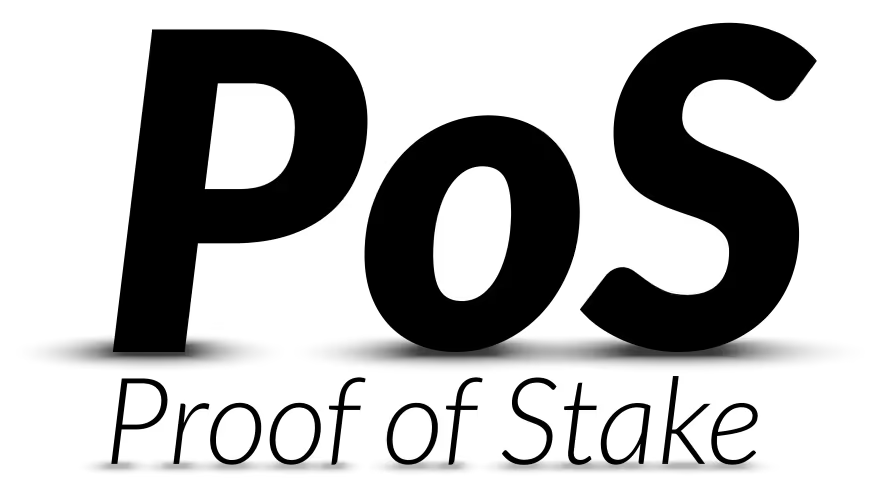Key Takeaways
- Crypto bridges link blockchains — They allow seamless token and data transfers between networks like Ethereum, Solana, and BNB Chain.
- Security remains a challenge — In 2025–2026, new bridge designs focus on reducing hacks through decentralized validation and zero-knowledge proofs.
- Bridges fuel Web3 interoperability — As DeFi, gaming, and NFTs expand, bridges make cross-chain ecosystems faster and more connected.
What Is a Crypto Bridge in 2025–2026?
The blockchain world has never been more interconnected — and crypto bridges are the invisible infrastructure making it possible. In 2025, as the number of blockchains continues to grow, bridges are the digital highways allowing tokens, data, and value to move freely across networks.
If 2021 was the year of DeFi and 2022 the year of NFTs, then 2025 marks the age of interoperability — where blockchains no longer operate as isolated islands. Understanding what a crypto bridge is and how it works is essential for anyone navigating the evolving multi-chain future.
Why Crypto Bridges Matter
Every blockchain — whether Ethereum, Solana, Avalanche, or Polygon — has its own rules, assets, and ecosystem. This isolation creates a problem: users can’t easily move value between chains without intermediaries.
That’s where crypto bridges come in. They act as connectors, allowing tokens from one chain to be transferred and used on another. For example, if you hold ETH on Ethereum but want to participate in a DeFi protocol on Binance Smart Chain, a crypto bridge makes it possible without selling your assets.
In 2025, this functionality is more important than ever. The Web3 economy is expanding across multiple networks, and users demand faster, cheaper, and more interoperable systems. Crypto bridges enable this by creating a shared infrastructure layer that lets applications and assets communicate seamlessly.
Also read: How to Bridge Assets Between Blockchains
How a Crypto Bridge Works
At its core, a crypto bridge allows the transfer of value from one blockchain to another by locking tokens on the source chain and minting equivalent tokens on the destination chain.
For instance:
- You send 1 ETH to a bridge.
- The bridge locks that ETH in a smart contract.
- It then mints 1 “Wrapped ETH” (WETH) on the target blockchain.
When you want to reverse the process, the bridge burns the wrapped token and unlocks your original ETH.
This mechanism can be centralized or decentralized:
- Centralized bridges rely on a trusted operator or custodian.
- Decentralized bridges use smart contracts and multi-signature validators for trustless operations.
By 2025, hybrid bridges are gaining traction — combining both models to improve speed and security.
The Security Challenge in 2025
Crypto bridges have historically been one of the weakest points in Web3 security. Between 2021 and 2023, hackers stole billions of dollars from vulnerable bridge protocols due to flaws in smart contracts or validator systems.
In response, developers have spent recent years re-engineering bridge technology. By 2025, innovations such as zero-knowledge proofs (ZKPs), multi-chain consensus, and restaking verification are redefining how bridges operate.
For example:
- ZK bridges verify transactions cryptographically, removing the need for trust in a centralized party.
- Restaking-based bridges (like EigenLayer integrations) use staked assets from other networks to secure bridge operations.
- Modular bridge frameworks let developers customize security parameters depending on transaction value or purpose.
These developments aim to make bridges as secure as the blockchains they connect, a crucial milestone for the future of interoperable finance.
Cross-Chain Bridges and DeFi Growth
Decentralized finance in 2025 is inherently multi-chain. Liquidity moves across Ethereum Layer 2s, Cosmos zones, and Subnets like Avalanche. Without crypto bridges, these ecosystems would remain fragmented.
Bridges enable users to:
- Move stablecoins and wrapped tokens between ecosystems.
- Access DeFi yield opportunities across multiple chains.
- Trade or lend assets without being confined to one blockchain.
The rise of omnichain protocols like LayerZero, Wormhole, and Axelar has transformed how liquidity flows. These platforms allow dApps to operate across blockchains with unified smart contracts — meaning you can trade, stake, or borrow from multiple networks as if they were one.
In 2026, we’re likely to see interoperability-native projects, built from the ground up to exist across chains, not on just one. For these projects, crypto bridges are not optional — they’re the foundation.
Emerging Trends: From Token Transfers to Data Bridges
While early crypto bridges focused mainly on token transfers, the next generation handles cross-chain data and smart contract calls.
Imagine a future where:
- A decentralized app on Polygon triggers a loan repayment on Ethereum automatically.
- A gaming NFT earned on Solana can be used instantly in a metaverse built on Avalanche.
This is the promise of data bridges — allowing smart contracts from different blockchains to communicate directly. By 2026, these cross-chain connections will enable entirely new forms of decentralized applications that feel seamless to users.
Moreover, AI-powered bridges are emerging to optimize routes, monitor transaction security, and reduce latency — turning interoperability into a smart, automated service.
The Risks and How to Stay Safe
Even as bridge technology matures, users should stay cautious. The most common risks include:
- Smart contract exploits — vulnerabilities can allow attackers to drain locked funds.
- Validator compromise — in some bridges, a small number of validators can approve fraudulent transactions.
- Fake bridge scams — phishing websites mimicking real bridges to steal tokens.
To stay safe when using a crypto bridge:
- Verify the official website or dApp URL.
- Use well-audited bridges with transparent teams.
- Keep software wallets updated and avoid interacting with suspicious contracts.
In 2025–2026, audited, decentralized, and insured bridges will likely become the industry standard as regulators and users demand greater accountability.
Conclusion: The Backbone of a Connected Blockchain World
In the evolving landscape of 2025–2026, crypto bridges are the glue holding Web3 together. They’re not just tools for transferring tokens — they represent a shift toward a borderless blockchain ecosystem.
As interoperability becomes the defining theme of the next crypto cycle, understanding how bridges work will be crucial for both investors and developers. The future of crypto will be multi-chain, and bridges will power that interconnected economy.
So, when someone asks “What is a crypto bridge?”, the answer isn’t just technical — it’s transformative. Crypto bridges are the infrastructure enabling blockchain to scale beyond boundaries, bringing us closer to a truly decentralized and interoperable digital world.



